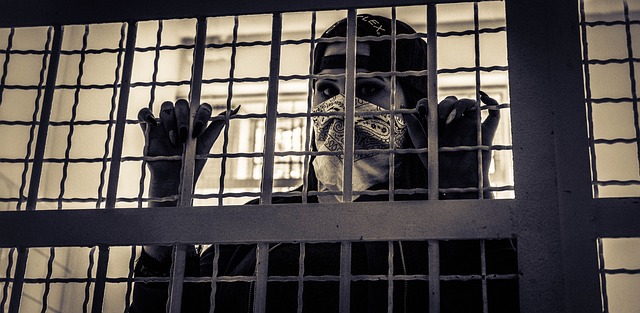Enhancing pedestrian safety through education and awareness is key to creating safer streets, focusing on vehicle distractions like drunk driving (DUI) and rights at crosswalks. Social media campaigns play a vital role in reaching wide audiences, but present legal challenges regarding privacy and DUI evidence admissibility. Balancing public safety and individual freedoms is essential as legal frameworks adapt to the digital age, ensuring civil liberties protect while leveraging social media for responsible street safety initiatives.
In recent years, ensuring pedestrians’ rights and safe streets has become a paramount concern. This article delves into two critical components of this issue: understanding pedestrians’ rights and the legal aspects surrounding social media usage and Driving Under the Influence (DUI). We explore how education and awareness can empower pedestrians, while examining the evolving legal landscape regarding social media and DUI in the context of pedestrian safety. By addressing these key areas, we aim to contribute to a more secure and accessible environment for all.
- Understanding Pedestrians' Rights and Safe Streets: The Role of Education and Awareness
- Legal Aspects of Social Media and DUI in Relation to Pedestrian Safety
Understanding Pedestrians' Rights and Safe Streets: The Role of Education and Awareness

Understanding Pedestrians’ Rights is a fundamental step in ensuring Safe Streets. Many pedestrians are unaware of their legal protections, which can make them vulnerable to accidents and harassment. Education initiatives focused on pedestrian rights can empower individuals to navigate public spaces with confidence. By highlighting laws that protect walkers from vehicle distractions and illegal actions like drunk driving (DUI), communities can foster a culture of accountability. Social media plays a crucial role in disseminating this knowledge, reaching a wide audience with awareness campaigns and sharing real-life examples.
Awareness programs should cover various aspects, including crosswalk safety, right-of-way rules, and responsibilities on shared sidewalks. Equally important is addressing the legal implications of pedestrian rights, such as how to report unsafe behaviors and what actions to take after an incident. Integrating these educational efforts into local curricula and community events can lead to long-lasting behavioral changes and safer street environments for all users.
Legal Aspects of Social Media and DUI in Relation to Pedestrian Safety

In recent years, the intersection of social media and driving under the influence (DUI) has become an increasingly important aspect of pedestrian safety. Legal aspects surrounding these issues play a crucial role in creating safer streets for everyone. Social media platforms provide valuable insights into potential DUI risks through user-generated content, allowing law enforcement to target high-risk areas and individuals. However, this also raises legal considerations regarding privacy and the admissibility of digital evidence. Balancing public safety with individual freedoms is essential during proceedings involving social media posts and DUI cases.
Moreover, legal frameworks must adapt to address the unique challenges posed by drunk driving in an era where technology facilitates instant communication. The use of social media can provide crucial evidence linking a driver to criminal behavior, but it also requires careful handling to ensure fairness and protect civil liberties. As such, legal professionals and policymakers must stay abreast of these evolving dynamics to craft effective laws that promote pedestrian safety while upholding the rule of law.
Pedestrians’ rights and safe streets are interwoven threads in the fabric of a just and livable society. By enhancing education and awareness, we empower individuals to navigate their surroundings with confidence. Furthermore, understanding the legal aspects of social media and DUI is paramount for maintaining pedestrian safety. Through informed citizens and robust legal frameworks, we can create communities where everyone feels secure while walking, fostering a culture of responsibility and respect for all road users.






